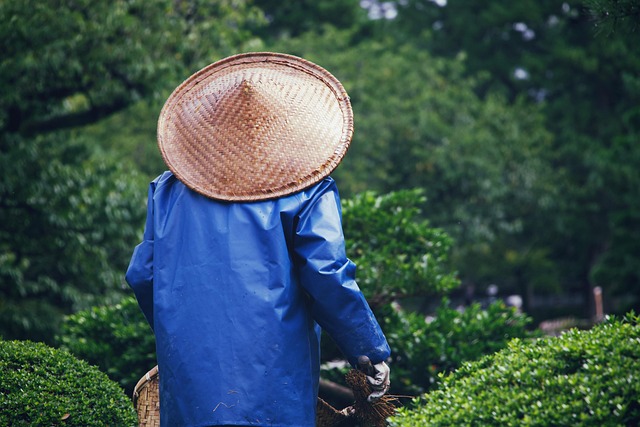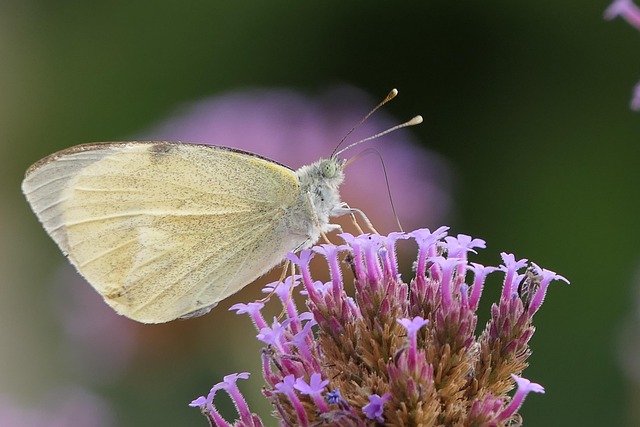
“Blooming Together: Exploring Plant Associations in Your Garden”
Blooming Together: Exploring Plant Associations in Your Garden
As the days grow longer and the air warms, there’s an undeniable excitement that pulses through every gardener’s heart. The anticipation of planting and nurturing your garden awakens a profound connection to nature. One of the most delightful aspects of gardening is the intricate web of relationships that exists among different plants – a symphony called plant associations. Understanding and implementing these associations can transform your garden into a vibrant tapestry of life, beauty, and harmony.
What are Plant Associations?
Plant associations refer to the way certain plants interact with each other in a garden setting. These relationships can be beneficial in various ways: some plants provide support, while others deter pests, enhance flavors, or improve soil quality. This harmony among plants can lead to healthier growth and a more productive garden. Think of these relationships as an ensemble where each plant plays its unique role, contributing to a greater performance.
Companions in Bloom
Just like friends who elevate each other’s spirits, certain plants thrive together. For example, the classic pairing of tomatoes and basil is well-known among gardeners. Basil not only enhances the flavor of tomatoes but also helps deter pests like aphids and flies. Incorporating such plant associations into your garden can create more than just aesthetic beauty; they work together to create a sustainable and thriving ecosystem.
Geography of Associations
Explore your local ecosystem. Native plants often exhibit robust associations that have evolved over time. Consider incorporating native flora into your garden — they attract local pollinators and provide habitat for beneficial insects. For instance, the combination of milkweed with butterfly bushes serves both as a nectar source and a breeding ground for monarch butterflies. It’s all about understanding how the plants in your garden can coexist, support, and enhance each other.
Layering Plant Relationships
Vertical gardening and layering is another exciting way to utilize plant associations. Taller plants, like sunflowers, can provide shade for more delicate varieties, such as lettuce, that prefer cooler conditions. Meanwhile, ground cover plants like clover enrich the soil while adding a touch of greenery to the garden floor. This method of layering not only maximizes space but also encourages biodiversity in your garden.
The Art of Companion Planting
Companion planting is a time-honored practice embraced by experienced gardeners. By grouping plants with complementary characteristics, you create a self-sustaining environment. For example, pairing corn with beans and squash – known as the Three Sisters planting – illustrates this perfectly. Corn grows tall, providing a natural trellis for climbing beans, while squash sprawls at the base, suppressing weeds and cooling the soil. Each plant nurtures one another, embodying the true essence of collaboration.
Enhancing Soil Health
Healthy soil is the foundation of any thriving garden. Certain plants, like legumes, have a special ability to fix nitrogen in the soil, benefiting neighboring plants. Including these vital players in your garden not only boosts soil health but also improves overall productivity. Engaging in plant associations that focus on nurturing the very soil our plants grow in can result in flourishing plants and bountiful harvests.
Creating Your Unique Garden Symphony
The beauty of exploring plant associations lies in the creative possibilities. Take the time to experiment with different combinations, and observe how they respond to each other. Will your lavender aid in attracting the beneficial pollinators that your tomatoes need? Can marigolds ward off the pests while adding a splash of color? Your garden is a living canvas where every decision colors the outcome, fostering a community of plants that bloom together.
So, grab your gardening gloves and get ready to dig deep into the world of plant associations. As you plant, nurture, and watch your garden grow, you’ll find joy not only in the blossoms but in the relationships that cultivate a thriving ecosystem. Embrace the beauty of blooming together – your garden is waiting!


